43 results in Cambridge South Asian Studies
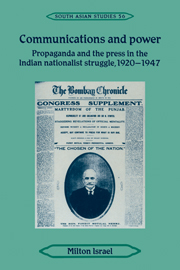
Communications and Power
- Propaganda and the Press in the Indian National Struggle, 1920–1947
-
- Published online:
- 05 February 2015
- Print publication:
- 14 April 1994

The State and Peasant Politics in Sri Lanka
-
- Published online:
- 05 March 2012
- Print publication:
- 14 November 1985

The Devs of Cincvad
- A Lineage and the State in Maharashtra
-
- Published online:
- 05 November 2011
- Print publication:
- 18 May 1989
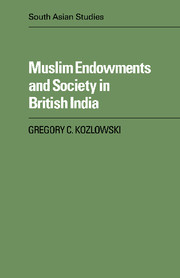
Muslim Endowments and Society in British India
-
- Published online:
- 25 October 2011
- Print publication:
- 21 November 1985
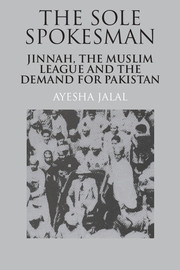
The Sole Spokesman
- Jinnah, the Muslim League and the Demand for Pakistan
-
- Published online:
- 01 June 2011
- Print publication:
- 18 April 1985
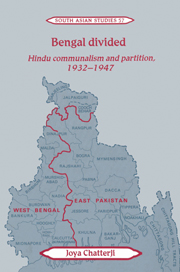
Bengal Divided
- Hindu Communalism and Partition, 1932–1947
-
- Published online:
- 04 August 2010
- Print publication:
- 08 December 1994

Hindu Nationalism and Indian Politics
- The Origins and Development of the Bharatiya Jana Sangh
-
- Published online:
- 06 July 2010
- Print publication:
- 11 October 1990

India's Exports and Export Policies in the 1960's
-
- Published online:
- 03 May 2010
- Print publication:
- 17 March 1977

Classical Political Economy and British Policy in India
-
- Published online:
- 31 March 2010
- Print publication:
- 15 June 1978

Development Policy of a Communist Government
- West Bengal since 1977
-
- Published online:
- 20 February 2010
- Print publication:
- 18 November 1993

A Field of One's Own
- Gender and Land Rights in South Asia
-
- Published online:
- 14 January 2010
- Print publication:
- 23 February 1995

The Political Economy of Commerce: Southern India 1500–1650
-
- Published online:
- 13 January 2010
- Print publication:
- 30 March 1990

Public Expenditure and Indian Development Policy 1960–70
-
- Published online:
- 09 January 2010
- Print publication:
- 18 June 1981

Judging the State
- Courts and Constitutional Politics in Pakistan
-
- Published online:
- 06 January 2010
- Print publication:
- 06 April 1995
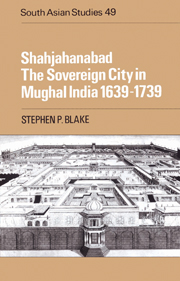
Shahjahanabad
- The Sovereign City in Mughal India 1639–1739
-
- Published online:
- 06 January 2010
- Print publication:
- 09 May 1991

Private Investment in India 1900–1939
-
- Published online:
- 06 January 2010
- Print publication:
- 20 January 1972
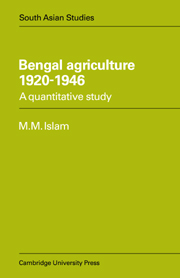
Bengal Agriculture 1920–1946
- A Quantitative Study
-
- Published online:
- 15 December 2009
- Print publication:
- 26 January 1979
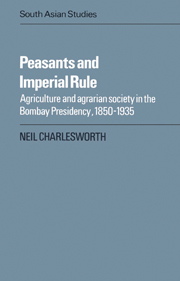
Peasants and Imperial Rule
- Agriculture and Agrarian Society in the Bombay Presidency 1850–1935
-
- Published online:
- 10 December 2009
- Print publication:
- 28 March 1985

Saints, Goddesses and Kings
- Muslims and Christians in South Indian Society, 1700–1900
-
- Published online:
- 04 December 2009
- Print publication:
- 26 January 1990

British Policy in India 1858-1905
-
- Published online:
- 02 December 2009
- Print publication:
- 02 January 1965

